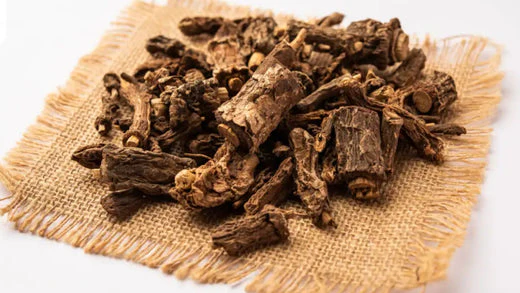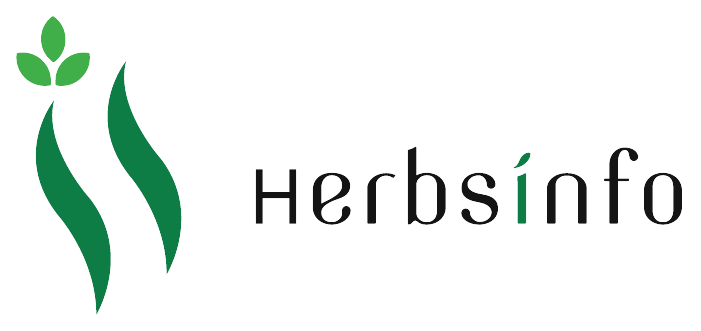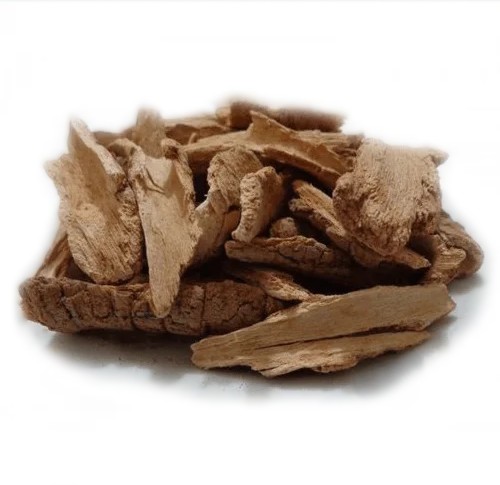INTRODUCTION:
The Lodh tree, also known as Symplocos racemosa, is a small to medium-sized tree found mainly in India and Southeast Asia. It is commonly called Lodhra in Hindi and Sanskrit.The bark of the Lodh tree is widely used in traditional Ayurvedic medicine for treating various health problems, especially related to women’s health, wounds, and inflammation. It is known for its astringent and cooling properties.

Hindi – Lodh or Lodhra
Sanskrit – Lodhra
Marathi – Lodhra or Patlodh
Gujarati – Lodhra
Bengali – Lodhra
Tamil – Lothra Maram
Telugu – Lodhra Chettu
Kannada – Lodhya
Malayalam – Lodhra
Punjabi – Lodh
Urdu – Lodh
English – Lodh Tree or Symplocos Bark
HEALTH BENEFITS:

Cure dental problems
The anti-bacterial property of lodhra helps to cure oral problems. To cure it, after bloodletting paste of lodhra, musta and rasanjana mixed with honey should be applied.
Treat Ulcers
Anti-ulcer property of lodhra protects against ulcers.Powder of dhataki and lodhra promotes wound healing. Lodhra, nyagrodha bud, khadira, triphala and ghrta made into a paste provides looseness and softens the wounds. Application of fine powder of lodhratwak promotes wound healing.
Heals wound
Powdered formation of the bark lodhra is used to heal wounds. Lodhra actually lowers the PH of the body; due to which inflammation process is fasten which gradually leads to increased wound healing process.
Skin Purification:
The bark purifies and nourishes the skin, enhancing its glow, and is used to treat various skin conditions.
Acne and Aging:
It helps to control acne, prevent wrinkles, tighten skin, and slow down the signs of aging.
Reproductive Health:
It helps to reduce inflammation and relax uterine tissues in the female reproductive system.
Detoxification:
It is used to detoxify the blood and improve gut health.
Oral Health:
The bark possesses antimicrobial properties, making it useful in products to maintain oral hygiene and prevent gum infections.
SIDE EFFECTS:

Pregnancy and Breastfeeding:
Lodhra is traditionally used to treat women’s health issues, but pregnant or breastfeeding women should consult a doctor before using it, as the effects on pregnancy are not fully studied.
Blood Pressure:
The astringent properties might cause changes in blood pressure in sensitive individuals, leading to either hypotension (low blood pressure) or high blood pressure when not monitored.
Drug Interactions:
Lodhra may interact with certain medications, especially those related to blood sugar or blood pressure. Always consult with a healthcare provider before combining with other drugs.
HOW TO USE:
Lodhra Powder (Bark Powder)
How to Use:
Take ½ to 1 teaspoon of Lodhra powder and mix it with warm water or ho
This is usually consumed once or twice a day.
Uses: Helps in managing menstrual issues, uterine health, and digestive problems. It’s also used for skin problems and wound healing.
Lodhra Decoction (Herbal Tea)
How to Prepare:
Boil 1-2 teaspoons of Lodhra bark in 2 cups of water for about 10-15 minutes.
Strain the liquid and consume once a day.
Uses: A decoction is commonly used to treat inflammation, diarrhea, and digestive disturbances.
Lodhra Oil (Infused Oil)
How to Use:
Lodhra oil can be massaged gently on the scalp or skin for its anti-inflammatory and skin healing properties.
Uses: It’s effective for hair care, acne treatment, and skin irritation.
PRECAUTIONS:
- Consult a doctor before using Lodhra, especially if you’re pregnant, breastfeeding, or on medication.
- Avoid overuse to prevent side effects like stomach discomfort or toxicity.
- Do a patch test before applying topically to check for allergic reactions.




